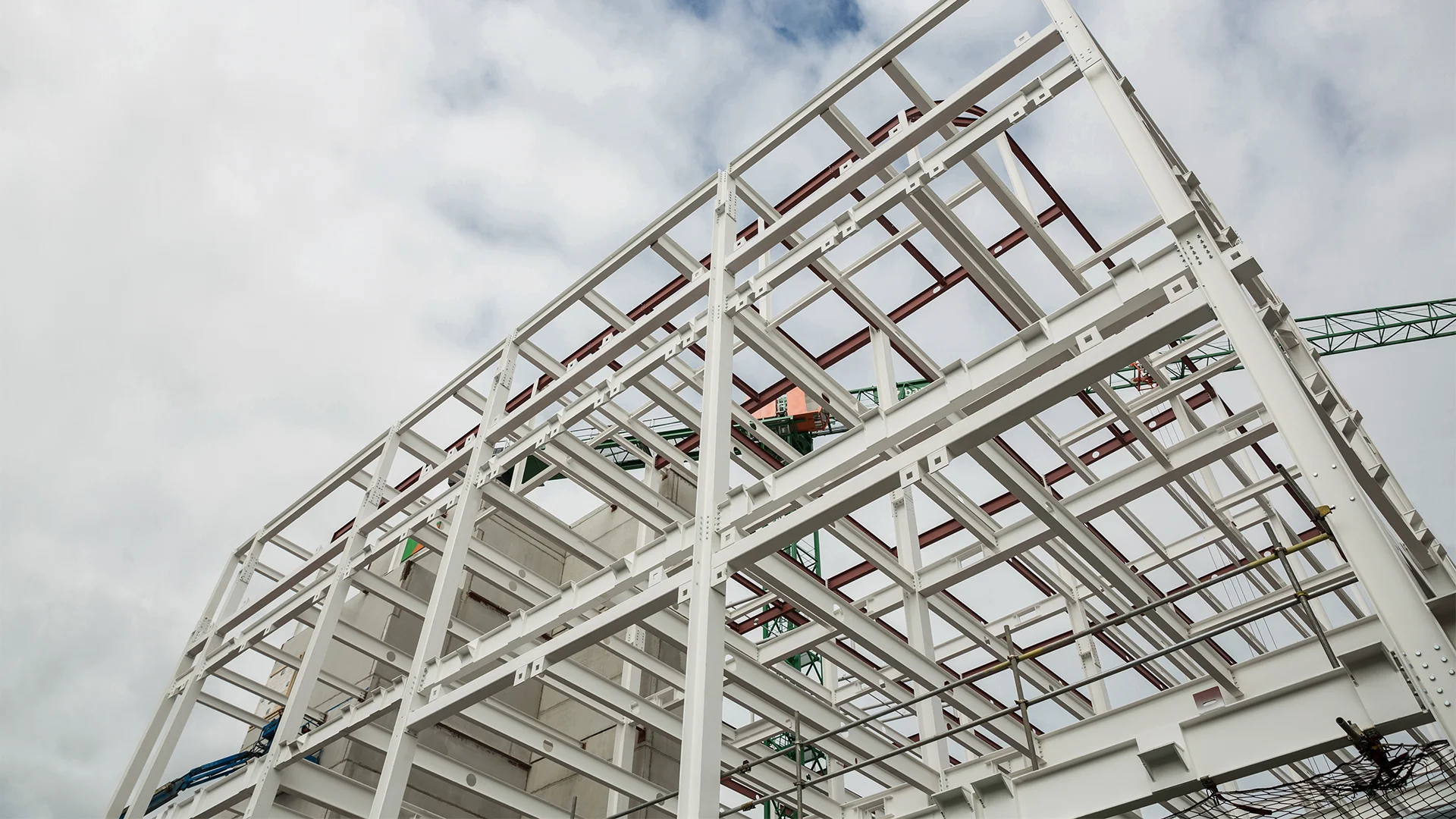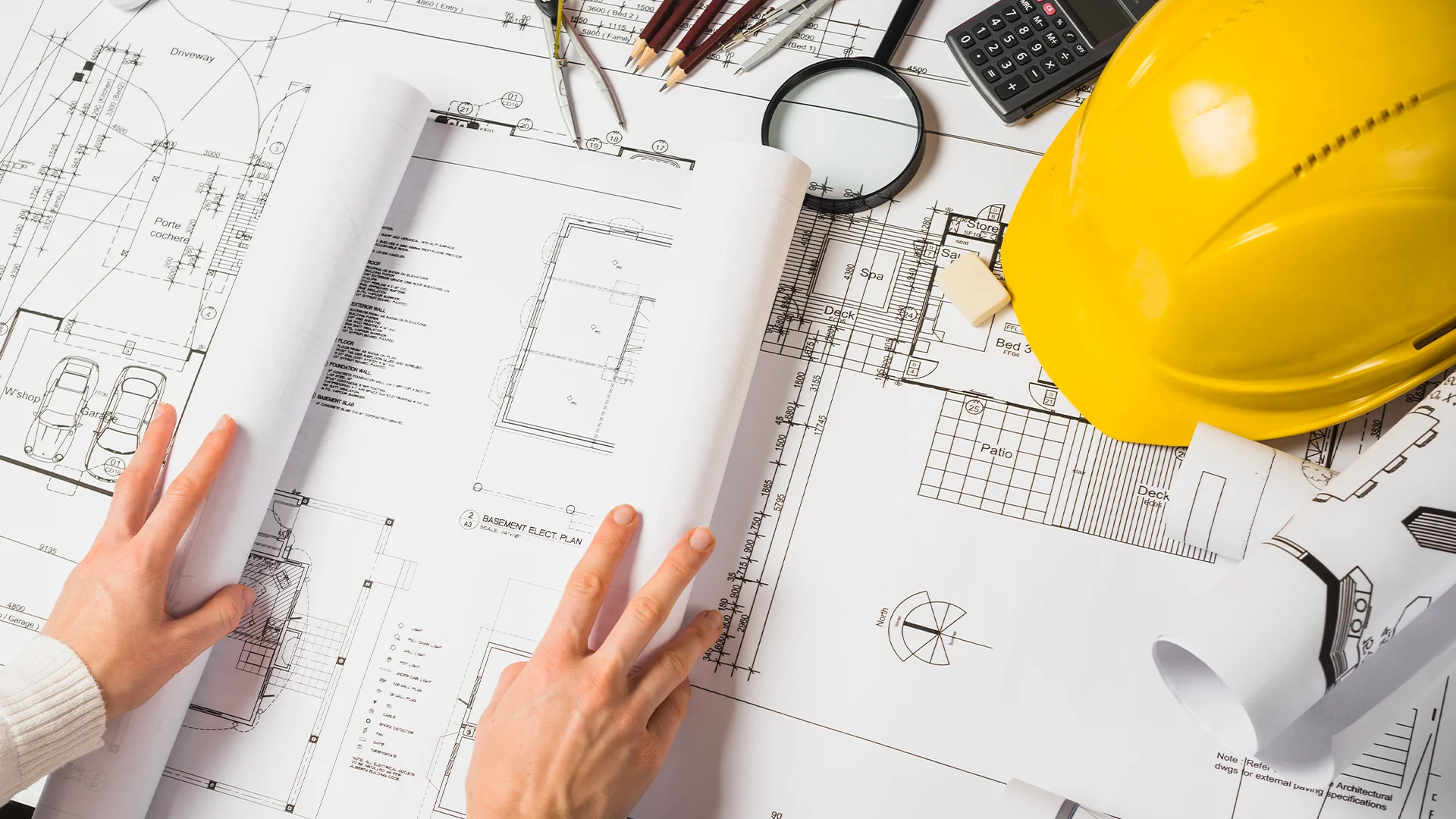Unlocking the Secrets of Forensic Building and Structural Reports
When it comes to ensuring the integrity of a structure, Forensic Building and Structural Reports play a pivotal role. They are not just technical documents; they are vital tools that can unveil hidden issues, helping you make informed decisions about your property or construction project. Understanding these reports is essential for anyone involved in construction, property management, or real estate investments.
In this blog post, we will delve into the world of Forensic Building and Structural Reports, explaining what they are and why they are significant for both individuals and companies. These reports provide a thorough analysis of a building’s condition, identifying potential problems that may affect safety and compliance with regulations. As part of our commitment to Expert Engineering Analysis Reports, we aim to equip you with the knowledge you need to navigate these complex documents.
We will cover the key components of forensic reports, including methodologies used in assessments, common issues identified, and how these findings can influence your future projects. You will also learn about the implications of neglecting such reports, which could lead to costly repairs or even legal disputes. By understanding the significance of these reports, you can protect your investments and ensure that your projects meet the highest standards of safety and compliance.
At Engineering Sydney, we bring over 30 years of expertise in civil and structural engineering to the table. Our team is dedicated to providing you with comprehensive forensic analysis that can save you time and money while ensuring peace of mind. If you want to learn more about how we can assist you with your engineering needs, don’t hesitate to contact us today.
What are Forensic Building and Structural Reports?

Forensic Building and Structural Reports are comprehensive documents that assess and analyse building defects, failures, or incidents. These reports are essential in determining the causes of structural issues and ensuring that any necessary repairs or actions are based on sound engineering principles. Essentially, they serve as a detailed investigation into the integrity of a structure, much like a detective examining the evidence at a crime scene.
Key characteristics of these reports include thorough inspections, expert evaluations, and the application of engineering principles to diagnose problems. Forensic Building and Structural Reports often incorporate a range of data, including site observations, material testing, and compliance with relevant regulations. This multidimensional approach allows engineers to provide a nuanced understanding of structural conditions and potential risks, ensuring that the information is both accurate and actionable.
In the realm of Expert Engineering Analysis Reports, Forensic Building and Structural Reports focus on investigating specific structural issues, particularly failures and their causes. These reports go beyond general assessments, offering in-depth analysis to prevent future problems much like a detailed medical examination after an incident.
Unlike reports that only evaluate aesthetic or functional aspects, Forensic Building and Structural Reports assess structural integrity and safety compliance. At Engineering Sydney, we deliver these reports with precision and expertise, ensuring our clients receive the best guidance backed by decades of experience.
Ultimately, Forensic Building and Structural Reports provide significant value to our clients by identifying potential issues before they escalate into costly problems. With our expertise, you can rest assured that your engineering needs are in capable hands, allowing you to focus on what truly matters. To learn more about our comprehensive services, visit our Expert Engineering Analysis Reports page.
Essential Terms for Understanding Forensic Building and Structural Reports
To fully grasp the intricacies of Forensic Building and Structural Reports, it’s essential to familiarise yourself with some key terminology. Here, we outline vital terms that will enhance your understanding of this specialised field.
Forensic Engineering
Forensic engineering is the investigation of materials, products, structures, or components that fail or do not operate as intended, often leading to legal implications. This discipline is crucial in understanding the cause of failures in buildings or structures, which is a fundamental aspect of forensic reports and analyses in engineering contexts, including disputes and liability claims.
Structural Assessment
A structural assessment involves a thorough evaluation of a building’s structural integrity, identifying any defects or areas of concern. This is a critical process in forensic engineering as it helps determine the safety and viability of a structure, and is often a key component in forensic building reports.
Building Code Compliance
Building codes are regulations that set the minimum standards for construction and safety in buildings. Compliance with these codes is vital in forensic reports, as deviations can lead to structural failures or legal issues, highlighting the importance of adherence to these standards in building practices.
Damage Assessment
Damage assessment is the process of evaluating the extent and cause of damage to a structure, including both visible and hidden defects. In forensic building reports, accurate damage assessment is essential for determining liability and the necessary remedial actions.
Expert Witness
An expert witness is a professional with specialised knowledge who provides testimony in legal proceedings regarding the technical aspects of a case. In the context of forensic building reports, expert witnesses play a crucial role in clarifying complex engineering issues for courts.
Risk Analysis
Risk analysis involves identifying and evaluating potential risks that could impact the safety and integrity of a structure. Understanding risk is fundamental in preparing forensic building reports, as it helps in predicting potential failures and ensuring the structural safety of buildings.
Remedial Works
Remedial works refer to the actions taken to rectify defects or failures in a structure to restore its safety and functionality. This concept is directly tied to forensic building reports, which often recommend necessary remedial actions based on the findings of the investigation.
By familiarising yourself with these terms, you will be better equipped to navigate the complexities of Forensic Building and Structural Reports. Understanding this terminology not only enhances your knowledge but also empowers you to make informed decisions regarding your engineering needs.
Essential Steps for Understanding Forensic Building and Structural Reports

Navigating the complexities of Forensic Building and Structural Reports can be challenging. In this guide, we will provide you with practical tips and steps to help you understand and effectively utilise these reports in your projects.
- Start with a Clear Objective
Before diving into any forensic report, define your objective. Are you investigating structural failures, assessing compliance with regulations, or preparing for a legal dispute? Having a clear goal will guide you in focusing on relevant details and interpreting the report accurately.
- Familiarise Yourself with Key Terminology
Forensic Building and Structural Reports are filled with technical jargon. Spend some time familiarising yourself with essential terms such as ‘load-bearing’, ‘deflection’, and ‘stress analysis’. Understanding these concepts will empower you to engage more meaningfully with the content of the reports and facilitate effective discussions with your engineering consultant.
- Review the Methodology Used
Examine the methodology section of the report. This will outline the techniques and tools used during the investigation. For instance, if structural analysis was conducted using finite element modelling, understanding this method will help you assess the reliability of the findings. Don’t hesitate to ask your engineer for clarification on any methods you find unclear.
- Analyse Visual Aids
Most forensic reports include diagrams, photographs, and charts. Take the time to analyse these visual aids, as they can enhance your understanding of the structural issues at hand. For example, photographs documenting damage patterns can provide insights into the causes of structural failures.
- Consider the Recommendations
Pay close attention to the recommendations provided at the end of the report. These insights are crucial for determining the next steps in your project. Whether it’s suggested repairs, ongoing monitoring, or compliance measures, acting on these recommendations can prevent further issues and ensure safety.
- Engage in Discussion with Experts
Don’t hesitate to engage in discussions with your engineering consultant or forensic expert. Asking questions about the report and seeking clarification on findings can provide you with a deeper understanding. Collaborative discussions often lead to innovative solutions and better decision-making, ensuring that you are well-informed about the implications of the report.
- Document Your Findings and Actions
Finally, maintain a record of your findings and the actions taken based on the forensic report. This documentation is invaluable for future reference and can be particularly useful in legal contexts or for ongoing project evaluations. Keeping a comprehensive log helps ensure accountability and can facilitate smoother communication with stakeholders.
By following these essential steps, you can better understand and utilise Forensic Building and Structural Reports, ensuring that your projects remain safe and compliant. Remember, effective communication with your engineering consultant at Engineering Sydney can further enhance your understanding and application of these critical reports.
Frequently Asked Questions About Forensic Building and Structural Reports
If you have questions regarding Forensic Building and Structural Reports, you’re not alone. Below, we’ve answered some of the most common queries to help you better understand this crucial aspect of structural engineering.
Forensic Building and Structural Reports are detailed documents that analyse the structural integrity and compliance of a building. They are often commissioned in cases of disputes, insurance claims, or when there are concerns about safety or structural failures.
You should consider obtaining a Forensic Building and Structural Report if you suspect structural issues, are involved in a legal dispute, or require an expert opinion for insurance purposes. These reports are vital in assessing the condition of a building and determining necessary actions.
The time required to complete a Forensic Building and Structural Report can vary depending on the complexity of the case. Generally, it may take from a few days to several weeks to conduct thorough inspections and compile a comprehensive report.
It is essential that the engineer preparing your report is a Chartered Professional Engineer (CPEng) with relevant experience in forensic engineering. This ensures they have the necessary skills and knowledge to provide an accurate and reliable assessment.
While Forensic Building and Structural Reports themselves are not legally binding, they can serve as critical evidence in legal proceedings. Their findings can impact decisions made in courts or during negotiations between parties.
The cost of a Forensic Building and Structural Report can be influenced by various factors, including the size and complexity of the building, the extent of the inspections required, and the specific expertise of the engineers involved. It’s best to consult with your engineering firm for a tailored quote.
When selecting an engineering firm, consider their experience, qualifications, and reputation in the industry. Look for firms that have a proven track record in forensic engineering and can demonstrate expertise relevant to your specific needs.
We hope this FAQ section has clarified some of your queries regarding Forensic Building and Structural Reports. Should you have further questions or require professional assistance, feel free to contact us at Engineering Sydney.
Wrapping Up the Importance of Forensic Building and Structural Reports

In this blog post, we have explored the critical role that Forensic Building and Structural Reports play in assessing and addressing structural issues. These reports provide invaluable insights into the integrity of buildings, enabling engineers and stakeholders to make informed decisions based on comprehensive assessments. By highlighting the nuances of these reports, we hope to have clarified their significance in not only identifying problems but also in facilitating effective solutions.
The information presented here underscores the importance of Forensic Building and Structural Reports in the broader context of Expert Engineering Analysis Reports. Understanding these reports equips you with the knowledge to navigate potential structural challenges, ensuring safety and compliance in your projects. It empowers you to take proactive steps in engaging with engineering professionals who can assist in these matters.
As you consider the implications of these reports, we encourage you to apply the insights gained to your own situations. Whether you are a property owner, developer, or simply interested in the field, knowing the value of forensic analysis is crucial. Should you require further assistance or wish to discuss specific concerns, do not hesitate to reach out to Engineering Sydney for expert guidance.
In conclusion, the importance of Forensic Building and Structural Reports cannot be overstated. They are essential tools that help ensure the safety, functionality, and longevity of our built environment. We invite you to explore this topic further and connect with us to enhance your understanding and application of these vital engineering principles.

